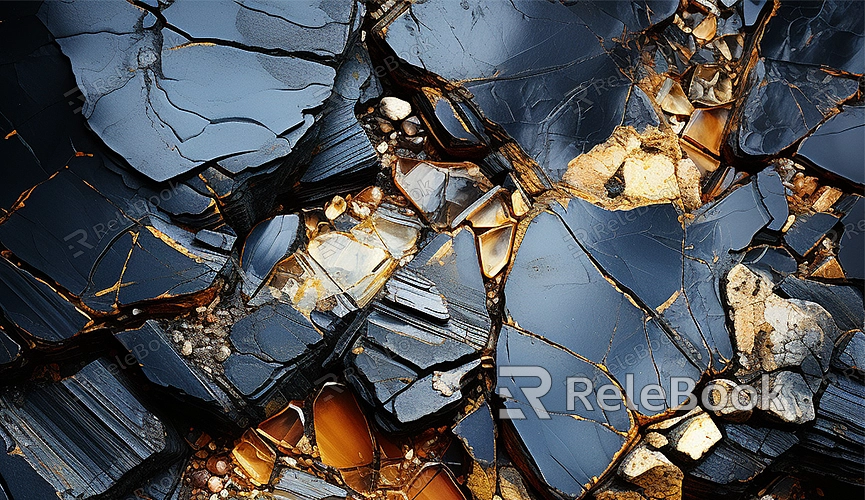Application of Texture Background in Maya
Maya, as a powerful 3D modeling and animation software, not only enables the creation of various interesting models and scenes but also allows for rendering different model effects based on distinct 3D textures. The application of 3D texture backgrounds is a key element in endowing scenes with more depth, realism, and artistic flair. Texture backgrounds can be employed in various 3D design software, and today, we'll explore how to cleverly use texture backgrounds in Maya to enhance the visual effects of model rendering.

1. Utilization of Environmental Texture Backgrounds
In Maya's rendering settings, you can choose to use environmental textures to simulate the background of a scene. By importing appropriate environment maps, such as natural landscapes, urban scenery, or abstract patterns, you can apply them to the scene's environment sphere or objects. This method imparts realistic reflections and lighting to objects, creating more lifelike rendering effects, and these HDRI and 3D textures can be obtained from Relebook.
2. Creative Use of Background Planes
Creating a background plane and applying an image with textures is a common technique in Maya. This approach is often used when producing composited images or rendering backgrounds for videos. By selecting suitable texture images, you can create various atmospheres and styles, injecting unique artistic elements into the scene.
3. Enhancing Details with Normal Maps and Displacement Maps
In Maya, using normal maps and displacement maps is an effective way to enhance surface details on models. These maps simulate tiny bumps, grains, or textures on the surface, providing a more realistic appearance to the model. Fine-tuning these maps allows for the creation of unique visual effects, making the scene more realistic.
4. Creating Colorful and Rich Materials
Maya's material editor offers powerful tools for customizing materials with textures. By combining color textures, normal textures, displacement textures, and more, you can achieve more complex and rich rendering effects. The flexible application of these materials can meet the design requirements of different projects, creating unique and sophisticated visual effects.
5. Renderer Features and Optimization
Maya supports various renderers like Arnold, V-Ray, etc., each offering different texture mapping options for advanced rendering effects. By mastering the features and settings of renderers, you can further optimize the presentation of textures.
In conclusion, the intelligent use of texture backgrounds in Maya enhances the visual appeal of model rendering. Whether it's through environmental textures, background planes, detailed maps, or rich materials, Maya provides a versatile platform for achieving stunning visual effects in 3D design and animation.

